The Workshop began as we each presented an artifact related to ourselves as a learner. I brought a seashell. It reminded me of my simple goal to return to sandboxing — the playful, unstructured, curious learning that I once did as a child in playground sandboxes, but also as a student in the Montessori school system (that uses a similarly unstructured form of learning). Thinking about the Workshop in the fall, I concluded that I wanted to bring more toddler tendencies to my learning, by asking more how?’s and why?’s than the traditional educational system tolerated. Mr. Housiaux emphasized a similar idea with Sesame Street, as we began with Oscar the Grouch’s “Clean-Up Time” song and the idea of “mess-up time” contrasting “clean-up time” in learning. Along with ample opportunity to embark on a journey of “mess-up time” without the need to streamline what we learned into an essay or a test, we would still need to be able to “clean-up” what we learned into something that we could present and share.
This dynamic was evident as we visited Chùa Tường Vân, a Vietnamese Buddhist temple in Lowell, Mass. After a meditative breathing exercise with Dr. Tham Tran, we were given space and time to explore and ask questions. Walking through the bright yellow and red decorations, I was intrigued at even the smallest details. What is the religious context of burning incense? What is the symbolism of the reds, golds, and yellows that adorn the hall? Why is nature significant to Buddhism? My curiosity mounted, almost like an unreachable itch. I craved knowing more, and yet I almost felt guilty for my lack of knowledge. Buddhism, a predominantly Asian religion, was no more represented in my childhood than a gold “Laughing Buddha” statue in my parents’ Chinese restaurant. We were never religious, and Buddhism was never a focal point of my previous Eurocentric history classes.
Subsequently, when I turned my attention to the plentiful fruit offering displays, internal turmoil ensued. A core value my parents instilled in my sister and I was to never waste food. My parents grew up in communism, and while it seems unfathomable today, each person was restricted to a pound of meat a month. As such, my childhood dinner time always concluded with the orchestra of utensils scraping the grains of rice off of our plates. I struggled with what I envisioned as my parents’ voices of rationality interrupting an otherwise spiritual and symbolic ritual. To me, religious practices are integral techniques and ways of thought that often connect to a higher power and attempt to guide towards bettering. However, my instinct is that other powers or sources of hope may not be what I automatically rely on, as my parents strongly encouraged a bootstrap ideology based on the controllables.
I am still torn on a solid conclusion on religion. However, with encouragement to probe and attempt to make sense of something new, I’ve received plenty of sand to allow to slip through small, sticky fingers in a sandbox, creating new foundations to build my further learning upon, or digging small holes in my previous preconceived notions or ideas. I think this is what learning should be, an endless exploration as extensive as counting each grain of sand individually, or as curiosity-engaging as questions like if sand can be found in as advanced technology as semiconductors, how else can we harness abundant resources?
In considering traditional education, even a sandbox can limit. As learners, educators, and observers, endless possibilities and internal reflections can be created from what is in front of us, regardless of subject, student, or environment. The pursuit of curiosities that stem from observations are the questions that we really should be asking. The ones that are molded by little, red plastic buckets, and the ones that become a stream-of-consciousness, uninterrupted by the end of recess.





